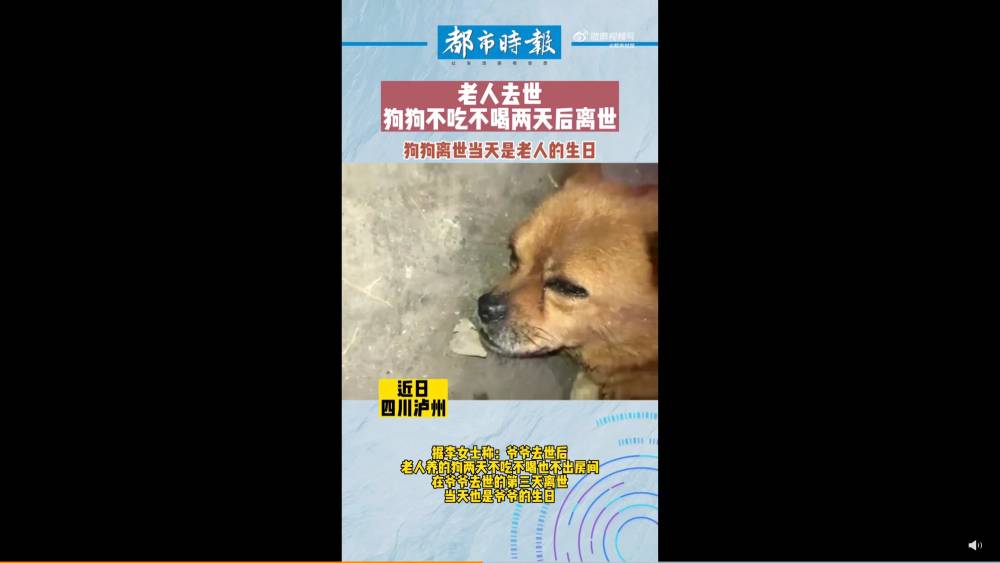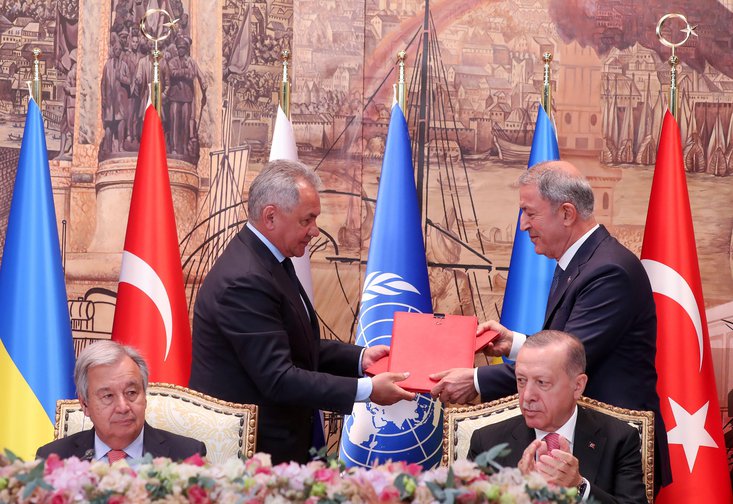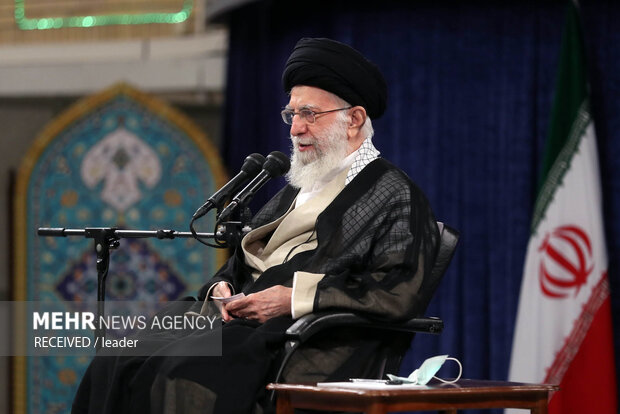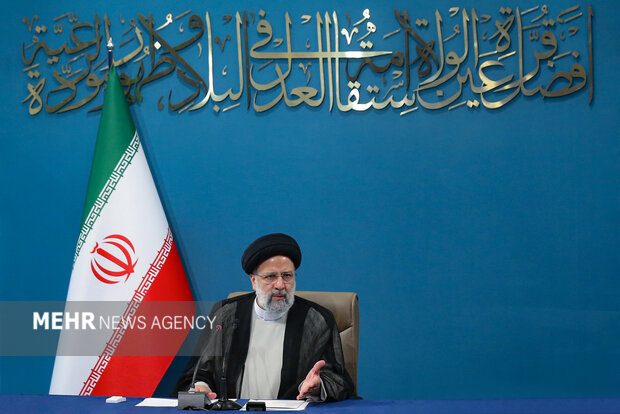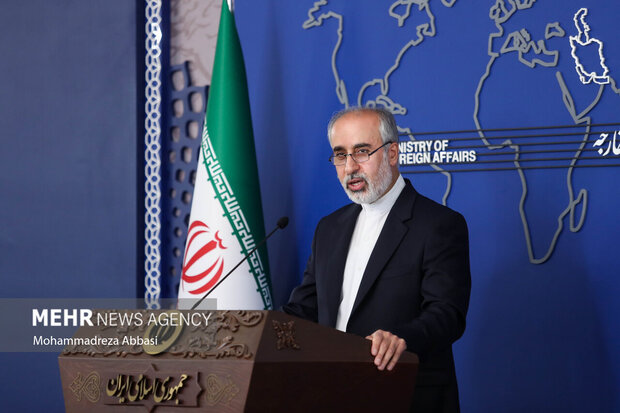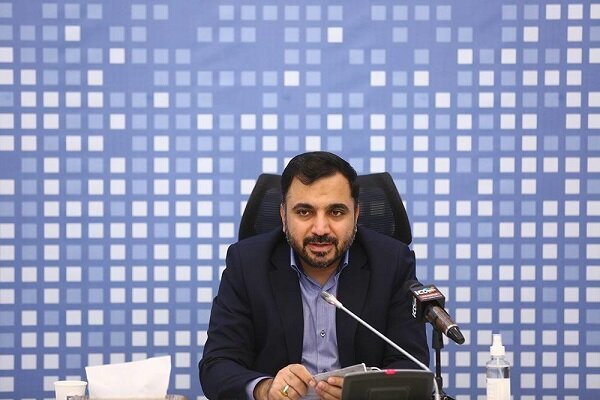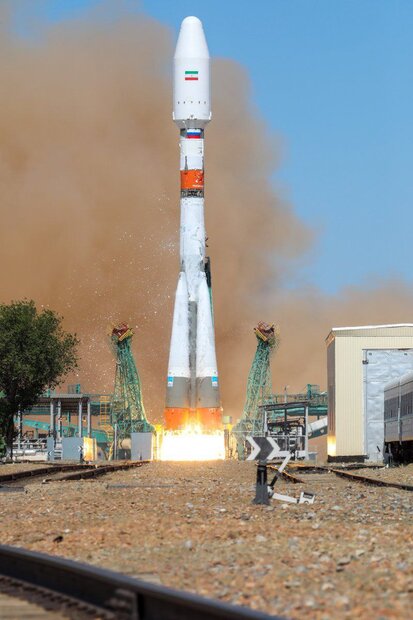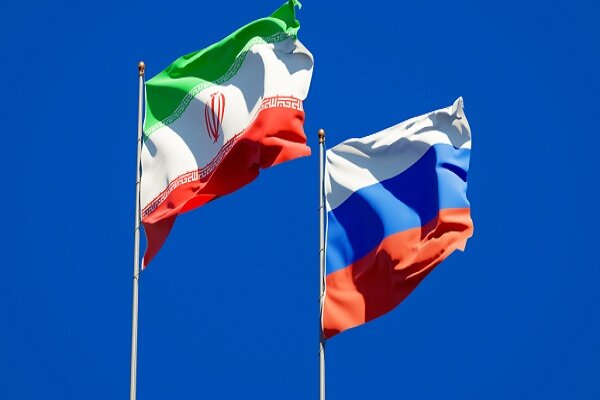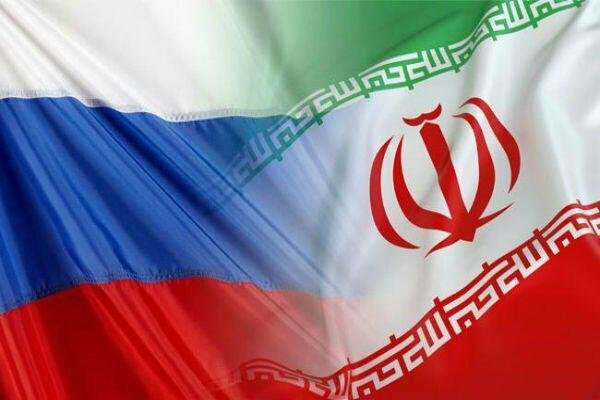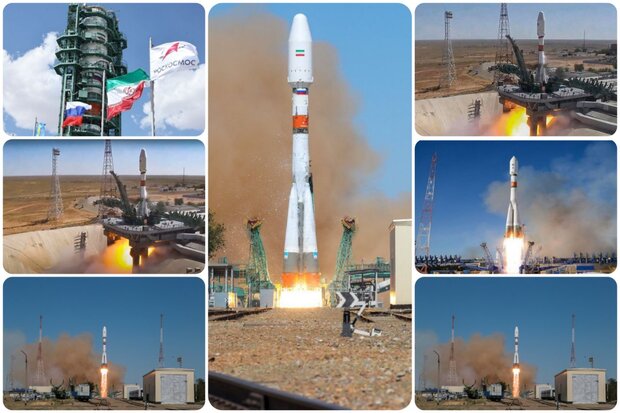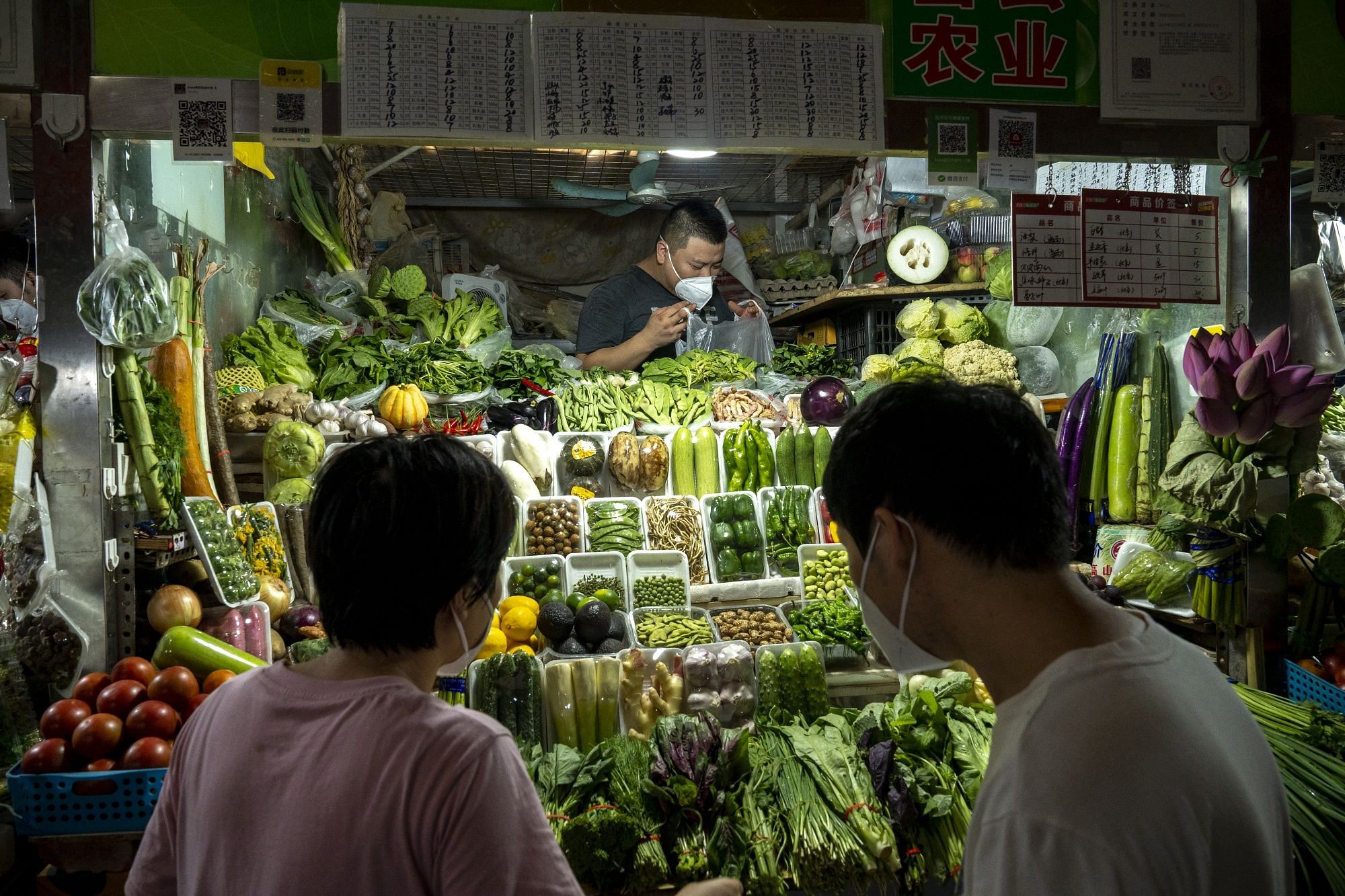Critical journalists expected to remain in sights of administration as new president invites social media vloggers to the palace.
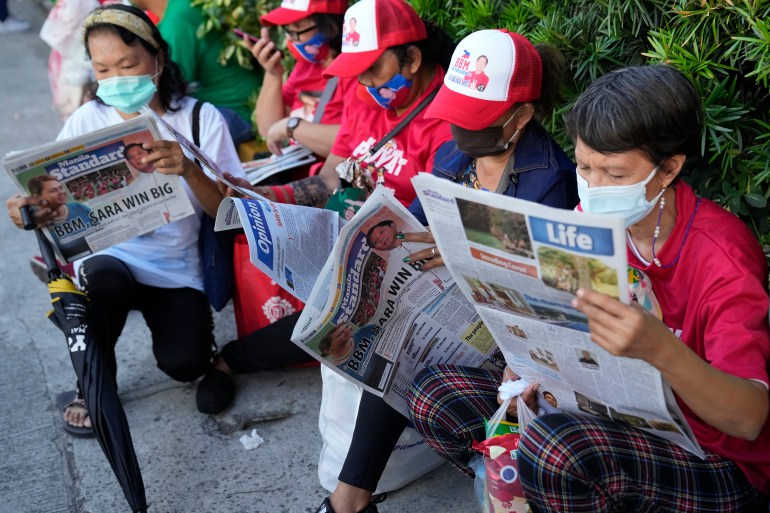
By Michael Beltran
Published On 20 Aug 2022
Manila, Philippines – Journalists warn the new administration of Philippine President Ferdinand “Bongbong” Marcos Jr is set to take the same hard line against media critics as his predecessor Rodrigo Duterte, after attacks on press freedom grew during the transition of presidential power.
In June, more than two dozen sites were blocked and accused of having links to “Communist-Terrorist Groups”. Two media organisations were among those targeted by the National Telecommunications Commission (NTC) – independent news site Pinoy Weekly, and Bulatlat, the country’s longest-running online publication.
The same month, the Securities and Exchange Commission (SEC) upheld its ruling to revoke the operating licence of Rappler, the Philippines’ most popular news site.
Duterte’s National Security Adviser Hermogenes Esperon Jr cited resolutions from the Anti-Terror Council that designate the Communist Party of the Philippines as “terrorists” to crack down on the sites.
But Ronalyn Olea, secretary-general of the National Union of Journalists of the Philippines and the managing editor of Bulatlat, says the publication has no such links.
“This has nothing to do with Bulatlat,” Olea told Al Jazeera. “He is just trying to censor our organisation because we are telling the truth about government.”
This month, Bulatlat won a preliminary injunction against the order and the NTC was told to stop blocking the site.
“Under Duterte, press freedom was systematically attacked as punishment to those the regime didn’t like and as a warning to others. There are no signs this policy will change with the new administration,” said Luis V Teodoro, veteran journalist and Center for Media Freedom and Responsibility (CMFR) trustee.
Towards the end of his term, Duterte admitted to shutting down ABS-CBN, the Philippines’ biggest broadcaster, because of its unfavourable coverage of his administration. Rappler, which was founded by veteran journalist Maria Ressa, is facing a number of court cases, as does Ressa herself.
The Nobel Peace Prize laureate was found guilty of “cyber-libel” last year in a decision that was seen as a blow to press freedom. A higher court upheld that verdict last month.
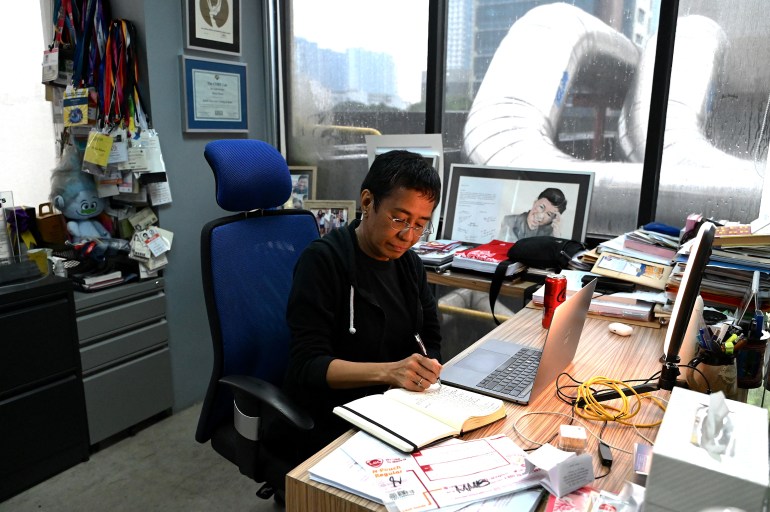
Rappler’s Executive Editor Glenda Gloria says the website’s staff had “survived” the six years of Duterte, and remained “hopeful that the cases against us will eventually be dismissed. A significant chunk of Philippine society knows the value of independent media.”
Since 2018, Bulatlat has been the target of distributed denial of service attacks (DDoS) during which hackers try to crash a website by overloading its servers. The last incident happened in May 2021.
An investigation by Swedish digital forensics group Qurium Media Foundation found that the IP addresses of the hackers belonged to the Philippine Army, with infrastructure set up by the Department of Science and Technology. In September 2021, the Department of Information and Communications corroborated Qurium’s findings. The army has denied any wrongdoing, saying it was only visiting the news sites.
Vloggers in the palace
When Bulatlat was blocked, Qurium helped set up a mirror site replicating all of Bulatlat’s content on a different URL.
The site’s lawyers won an injunction against the NTC after arguing that no law in the Philippines allows for the state to initiate a web takedown.
According to the court’s decision, the ruling takes effect once Bulatlat comes up with a cash bond of 100,000 Philippine pesos ($1,787) “which will answer for the damages the defendants (NTC) would suffer due to the injunction should it be proven that the news outlet is not entitled to it”.
Olea hopes the recent win will be upheld and eventually set a precedent for other media outlets under pressure.
She attributed the decision to “the support from fellow journalists, readers and various organisations,” but conceded that the political climate in the country remains geared towards “state-sponsored censorship”.
Amid the challenges faced by independent media, Marcos Jr’s government is seeking to promote a new type of media, one which heavily supported it during the elections: vloggers.
In recent years, video content creators have emerged as a major political force in shaping public opinion in the Philippines. Teodoro says some vloggers – even without formal training – adhere to journalistic standards by “reporting what’s actually going on,” but warns many others are just “spreaders of disinformation”
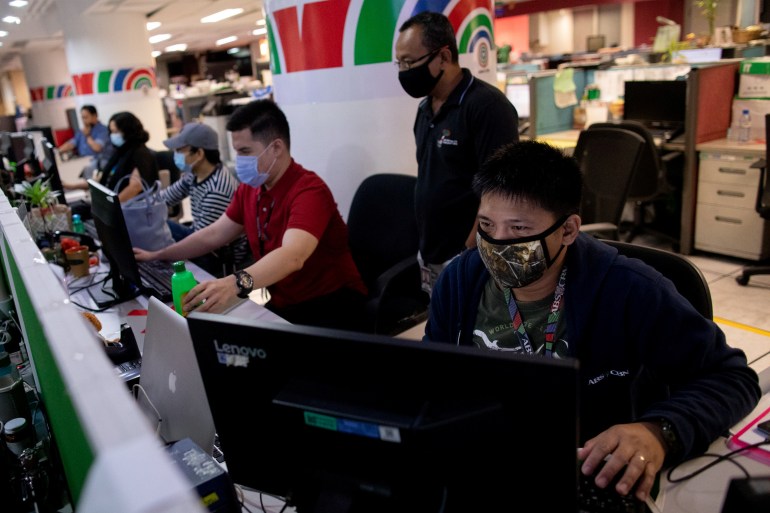
In one of her first announcements as presidential press secretary, Trixie Cruz-Angeles said the new administration intended to allow vloggers to report from the presidential palace. Cruz-Angeles said the move was part of “opening up discourse and looking at issues of misinformation”.
But while the move might suggest a democratisation of the flow of information, Olea is sceptical. “We want greater access for the public. But many of the vloggers we saw during the election only flooded the internet with lies,” she said.
She called the government’s move a “two-pronged approach. On the one hand, they discredit legitimate sources of information. On the other, they open the door for trolls. The objective is to drown the public with lies and for their narratives to reign supreme.”
Cruz-Angeles, who herself made her name through social media, told reporters last month that the number of followers and engagements will be a factor in determining which vloggers are allowed into press briefings with the president. Her office says the final guidelines for vlogger accreditation are still being drafted.
“Followers doesn’t mean much. It doesn’t have anything to do with truth-telling. The question is, which vloggers will they accredit, those who have been telling the truth or those who spread disinformation?” asked Teodoro.
At the same time as the administration considers accreditation for vloggers, it is still deciding whether professional journalists will be welcome.
Duterte banned two Rappler reporters from the presidential palace in 2018. Marcos Jr’s team has still to confirm whether they will be allowed back.
“We’ll have to take a look at the existing policy first and determine then make a decision later as to how appropriate they are for the current times. We’ll have to wait and see.”
Influencer Cocky Rocky, who has a background as a teacher of classical arts and literature, backs the new administration’s plans to invite vloggers to the palace press briefings.
His career in content creation took off during the Duterte presidency – first with memes and then videos

The self-described “Marcos loyalist” saw his popularity explode during the 2022 election campaign when he posted a video on TikTok attacking Leni Robredo, Marcos Jr’s opponent.
“I know I translate well on video and I have a theatre background. So I dressed up with my hat and put on a costume. I made an Anti-Leni Robredo ad. It was fun,“ he said.
In addition to his TikTok fame, Rocky manages multiple pages and accounts on platforms such as Facebook.
Like many of the new president’s supporters, he claims that established media are deliberately publishing slanted reports, which heighten distrust.
“We have a preconceived bias that you will be unfair and rude,” he said.
Rocky insists the legal cases have not prevented professional journalists, including newspapers such as the Inquirer and PhilStar, from reporting.
But he says it is unlikely he will join them at the presidential palace.
“I am a propagandist, I’m not a news person,” he told Al Jazeera. “I can do it, but it turns me off.”
Meanwhile, despite closure orders, Rappler remains unbowed; its reporters covering key issues from politics to health.
The group has asked the Court of Appeals to reverse the SEC decision and is prepared to take its case to the country’s highest court if necessary.
“We see a long legal battle ahead,” Gloria told Al Jazeera. She points to the website’s reputation for providing journalism that can be a “constant source of support in the darkest of times. We’re here for the long haul.”
SOURCE: AL JAZEERA


